Detroit Water Quality at a Glance
some concerns
Is Detroit Water Safe to Drink?
Generally Yes – Detroit’s Great Lakes Water Authority serves 3.9 million customers with water that has not detected PFAS in treated drinking water. However, 59 southeast Michigan water systems show detectable PFAS levels, and Detroit River pollution from BASF’s Wyandotte facility raises concerns. Private wells and smaller systems may have contamination.
⚠️ Key Concerns for Detroit Metro Residents
- Suburban Systems: 59 southeast Michigan water systems detected PFAS, including Mount Clemens and Wyandotte
- Detroit River Pollution: BASF facility discharging 72,000 gallons/day of contaminated groundwater near Wyandotte intake
- Private Wells: 165,000+ private wells in metro area lack PFAS monitoring
- Legacy Contamination: PFAS detected in fish from Detroit, Huron, and Rouge rivers
Read the full report below for detailed analysis, city-specific data, and actionable recommendations for Detroit metro residents.
Detroit – Michigan – Water Quality Report 2025: PFAS Testing, Infrastructure Concerns & Safety across your city
The Great Lakes Water Authority (GLWA), in partnership with the Detroit Water and Sewerage Department (DWSD), serves over 670,000 residents in Detroit and 3.9 million people across southeastern Michigan with water from the Great Lakes. The system includes approximately 3,000 miles of water mains in Detroit proper, multiple treatment plants, and hundreds of pumping stations, delivering roughly 600 million gallons daily to one of the Midwest’s largest water distribution networks.
Detroit draws its drinking water exclusively from the Detroit River, part of the Great Lakes system connecting Lake Huron and Lake Erie. This abundant freshwater source provides naturally soft water with excellent baseline quality. Following the 2020 regional water authority restructuring, significant investments have been made in treatment upgrades, main replacements, and customer service improvements. Detroit’s water system serves as a regional hub, supplying wholesale water to surrounding communities while working to address legacy infrastructure challenges within the city.
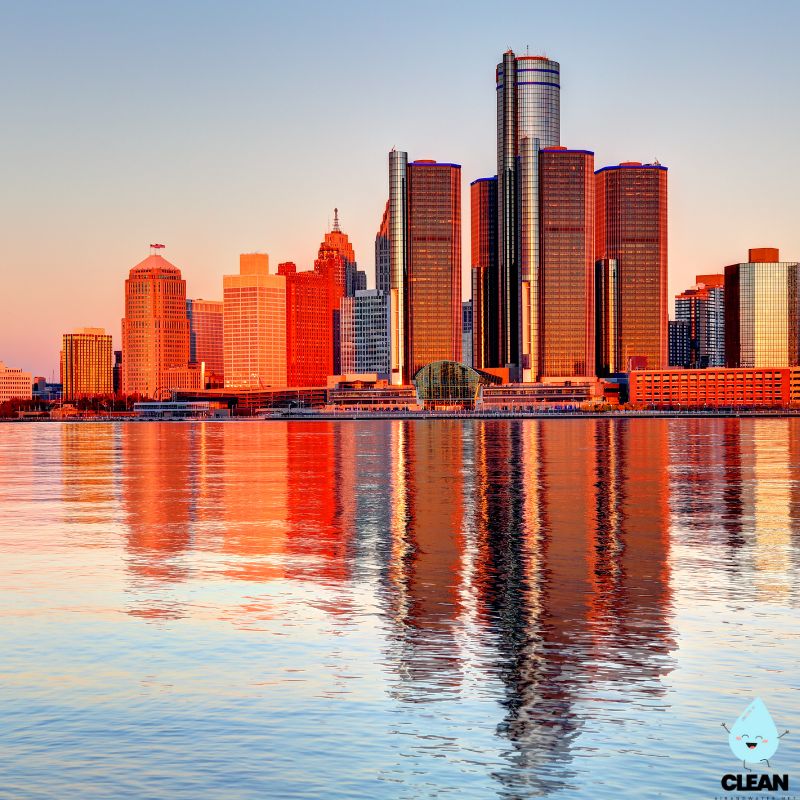
Detroit Water Quality: Current Status (2024-2025)
Latest Testing Results
- Lead Levels: The most recent testing period (January-December 2023) showed 90th percentile lead levels of 11.2 parts per billion (ppb), below the EPA action level of 15 ppb but indicating ongoing challenges with aging infrastructure and lead service lines.
- PFAS Status: Great Lakes Water Authority reports no PFAS detected in treated drinking water samples since annual testing began in 2009, though 59 southeast Michigan water systems show detectable PFAS levels.
- Testing Scope: DWSD conducts extensive water quality testing with over 50,000 annual tests, including enhanced lead monitoring at high-risk residential sites throughout the city.
- Compliance Status: Detroit’s water meets all federal and state drinking water standards, maintaining compliance with EPA and Michigan DEQ regulations despite distribution system challenges.
Great Lakes Water Source
- Detroit River Intake: Primary water source from the Detroit River, drawing from Lake Huron’s outflow before it enters Lake Erie, providing naturally soft, high-quality freshwater.
- Source Water Protection: Comprehensive monitoring and protection programs safeguard intake areas from contamination, with real-time detection systems for potential threats including BASF facility discharge upstream.
- Abundant Supply: Access to the Great Lakes system ensures reliable water supply with virtually unlimited capacity for regional needs.
Treatment Excellence
- Modern Treatment Plants: Three major facilities (Water Works Park, Northeast, and Springwells) employ comprehensive treatment including coagulation, sedimentation, filtration, and advanced disinfection.
- UV Disinfection: State-of-the-art ultraviolet treatment provides additional protection against Cryptosporidium and Giardia without chemical byproducts.
- Corrosion Control: Optimized orthophosphate treatment minimizes lead leaching, with careful pH adjustment and alkalinity management to protect pipes.
Infrastructure Challenges and Solutions
- Lead Service Line Program: Detroit has identified approximately 80,000 lead service lines and launched an accelerated replacement program, targeting 1,000-2,000 replacements annually.
- Main Replacement Initiative: Over $500 million invested in water main replacements since 2020, prioritizing areas with highest leak rates and oldest infrastructure.
- Smart Water Management: Advanced metering infrastructure deployment includes leak detection capabilities and real-time monitoring to improve system efficiency.
Regional Water Quality Concerns
- PFAS in Metro Detroit: While GLWA’s treated water shows no PFAS detection, 59 southeast Michigan water systems have detectable levels, including systems in Mount Clemens, Independence Township, and Wyandotte.
- Detroit River Pollution: BASF’s Wyandotte facility discharges estimated 72,000 gallons per day of contaminated groundwater containing PFAS, mercury, arsenic, and other chemicals 1,700 feet from Wyandotte’s water intake.
- Private Well Risk: Over 165,000 private wells in metro Detroit counties lack routine PFAS monitoring, with potential contamination risks.
Regional Transformation
The 2020 creation of the Great Lakes Water Authority marked a transformation in regional water management, bringing Detroit’s wholesale water operations under regional governance while allowing DWSD to focus on retail service improvements. This restructuring has enabled significant capital investments, including over $800 million in treatment plant upgrades and distribution system improvements through 2030. Detroit’s water quality initiatives include comprehensive customer assistance programs, expanded lead testing, and community engagement efforts to rebuild trust while maintaining the high-quality Great Lakes water that has historically made Detroit a regional water hub. However, residents should be aware of regional PFAS concerns affecting surrounding communities and ongoing pollution sources in the Detroit River watershed.
Recommendations for Detroit Residents
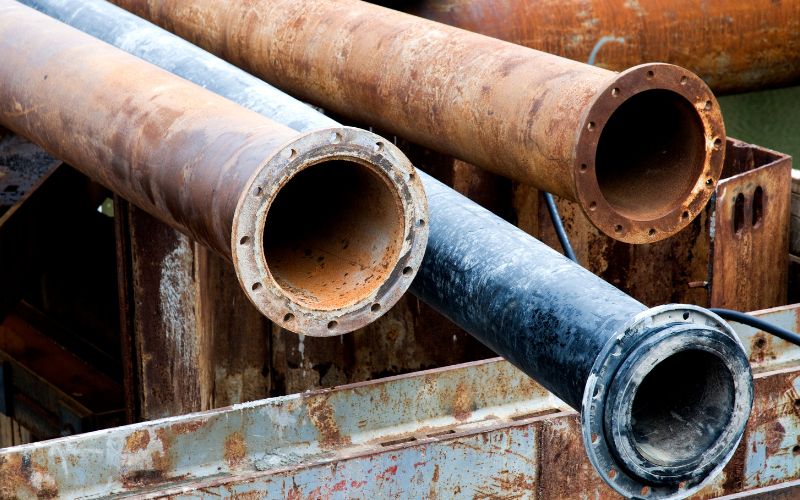
Check Your Service Line
Use Detroit’s Lead Service Line Lookup Tool at detroitmi.gov/lsl-lookup to check if your home has a lead service line. Apply for the free replacement program if identified as having lead lines.
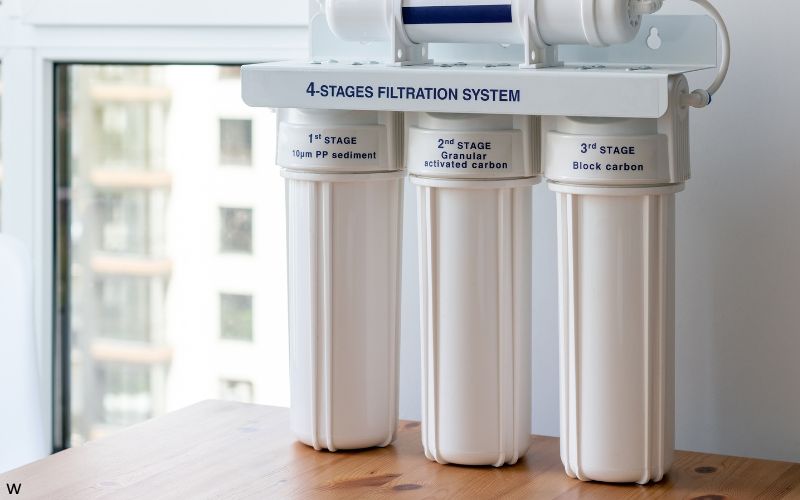
Get Free Filters
Detroit provides free NSF-certified filters to all residents upon request. Get filters at distribution centers throughout the city or by calling (313) 267-8000 to have them delivered.
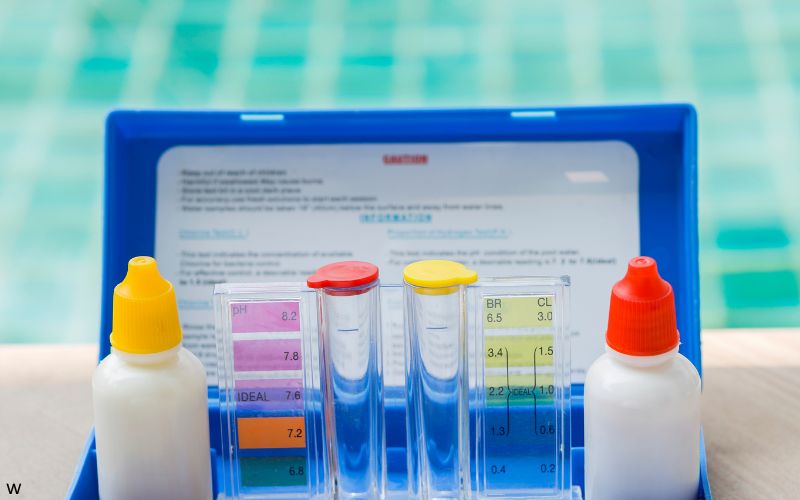
Request Water Testing
Schedule free water testing through DWSD by calling (313) 267-8000. Testing is especially important for homes with children, pregnant women, or known lead service lines.

Flush Your Pipes
If water has been sitting in pipes for 6+ hours, run cold water for 2-3 minutes before using for drinking or cooking. Always use cold water for consumption to minimize metal exposure.

Know Your Water Provider
If you live in the suburbs, verify whether you get GLWA water or have a local provider. Some suburban systems have detected PFAS. Check with your local water authority for testing results and treatment plans.
Quality News About Your Water
Get the comprehensive water quality news coverage you need with our dedicated US Water News Service. From coast to coast, we deliver in-depth reporting and expert analysis on PFAS contamination, EPA regulatory changes, infrastructure developments, and emerging water safety issues affecting communities nationwide. While mainstream media only covers the biggest stories, we provide the detailed, ongoing coverage that helps you understand the full scope of America’s water challenges. Whether you’re a concerned citizen, water professional, or community leader, our daily updates and analytical insights keep you informed about the issues that matter most to public health and environmental safety.
Frequently Asked Questions
Is Detroit’s water safe to drink?
Yes, Detroit’s water source from the Detroit River (Great Lakes system) meets all federal and state drinking water standards. The Great Lakes Water Authority reports no PFAS detected in treated drinking water, and the water itself is naturally soft and high quality, requiring only standard treatment including UV disinfection and chlorination.
However, lead can enter water through service lines and older plumbing in homes built before 1987. Despite meeting EPA requirements (11.2 ppb vs. 15 ppb action level), residents should take precautions:
• Use NSF-certified filters for drinking and cooking
• Flush pipes before first use of the day
• Request free water testing
• Join the lead service line replacement program
What about PFAS contamination in metro Detroit?
Detroit’s main water supply through GLWA shows no PFAS detection in treated water since testing began in 2009. However, 59 southeast Michigan water systems have detectable PFAS levels, including some in Mount Clemens, Independence Township, and Wyandotte.
Key concerns include:
• BASF facility near Wyandotte discharge contaminated groundwater into Detroit River
• 165,000+ private wells in metro counties lack routine PFAS monitoring
• PFAS detected in fish from Detroit, Huron, and Rouge rivers
If you live in the suburbs, check with your local water provider about PFAS testing results and any treatment plans in place.
What is being done about Detroit’s infrastructure?
Since the 2020 regional restructuring, significant investments are being made:
• Treatment Plant Upgrades: $800 million in modernization through 2030
• Main Replacement: Over $500 million invested since 2020 in new pipes
• Lead Service Lines: 1,000-2,000 lead lines replaced annually
• Smart Meters: Advanced metering to detect leaks and improve efficiency
• Customer Service: Expanded assistance programs and improved billing systems
The Great Lakes Water Authority manages regional treatment and transmission, while DWSD focuses on local distribution and customer service improvements.
Are there any current water restrictions in Detroit?
Detroit does not currently have mandatory water restrictions. However, the city encourages water conservation through:
• Efficient watering practices (early morning or evening)
• Installing low-flow fixtures and appliances
• Repairing leaks promptly
• Using minimal water for cleaning driveways and sidewalks
Detroit’s abundant Great Lakes water supply and recent infrastructure improvements mean restrictions are unlikely under normal conditions. However, residents are encouraged to conserve water to protect the environment and reduce costs.
For updates on any temporary restrictions due to maintenance or emergencies, check detroitmi.gov/water or call (313) 267-8000.
Contaminants of Concern
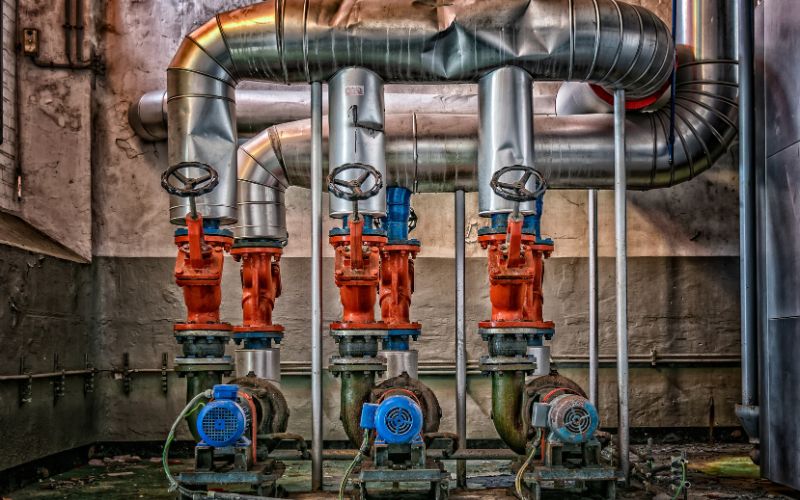
Lead
Source: Lead service lines and older plumbing fixtures in homes built before 1987; Detroit has approximately 80,000 lead service lines
Health Effects: Developmental delays in children, reduced IQ, learning difficulties, kidney problems, cardiovascular effects in adults
Current Levels: 90th percentile value of 11.2 ppb, below EPA action level of 15 ppb EPA Limit: Action level 15 ppb, but no level of lead is considered safe
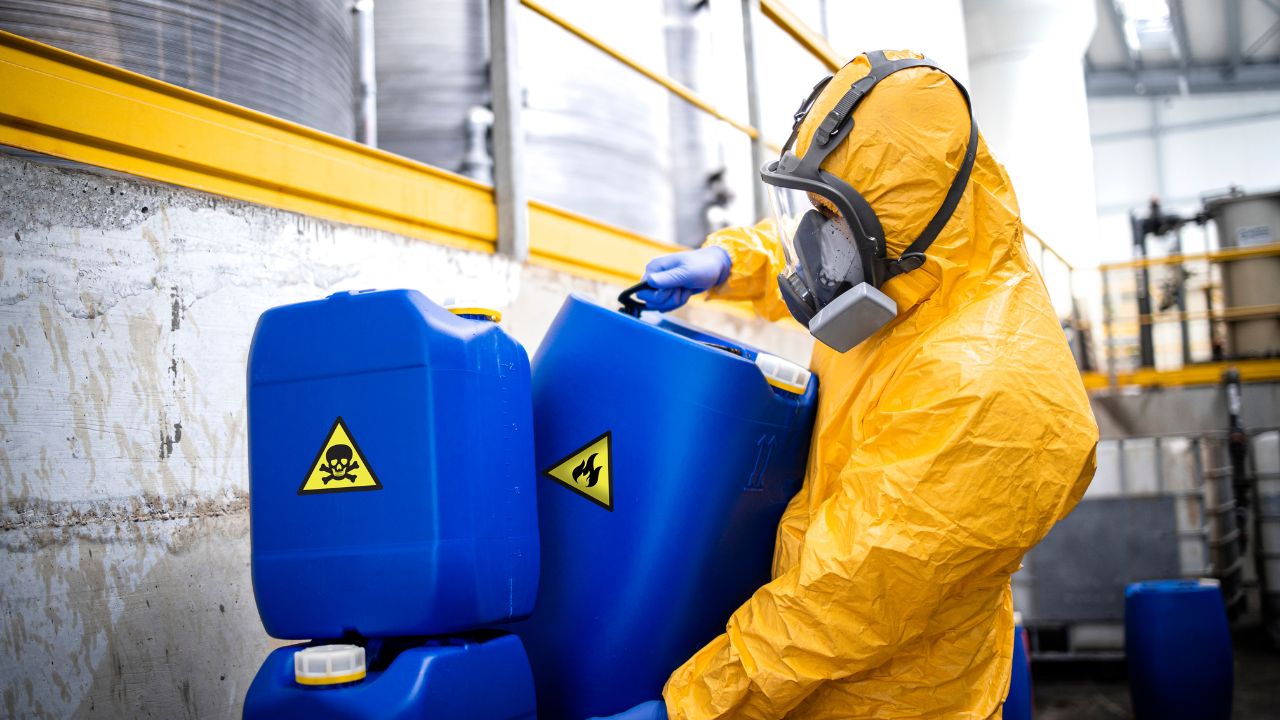
PFAS “Forever Chemicals”
Source: Industrial discharge, firefighting foam, consumer products; BASF facility near Wyandotte discharges contaminated groundwater into Detroit River
Health Effects: Linked to cancer, liver damage, decreased fertility, increased cholesterol, immune system effects
Current Status: GLWA reports no detection in treated water; 59 southeast Michigan systems have detectable levels; new EPA limits: 4 ppt for PFOA/PFOS
Please read – our information
The information presented on cleanairandwater.net is compiled from official water quality reports, trusted news sources, government websites, and public health resources. While we strive for accuracy and thoroughness in our presentations, we are not scientists, engineers, or qualified water quality professionals.
Our mission is to present water quality information in an accessible, real-world format that helps people understand what’s in their water and make informed decisions about their health and safety. We believe that complex environmental information should be available to everyone in a format that’s easy to understand.
We make every effort to ensure our content is current and accurate, but we cannot guarantee that all information is complete or error-free. This website should not replace official communications from your local water utility or health department. We always recommend consulting official sources for the most up-to-date information regarding your specific water system.
Clean Air and Water is not liable for any unintentional errors, omissions, or outdated information. The content on this site is provided for informational purposes only and should not be considered professional advice.


